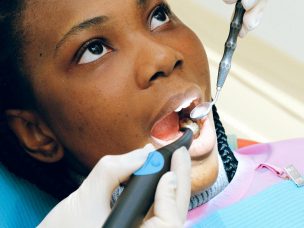Vitiligo is a disease that causes patches of skin to lose pigment. It’s not contagious and isn’t life-threatening, but it can be very difficult to live with.
In this interview, Dr. Martinez-Diaz discusses what factors affect the severity and rate of vitiligo progression.
MD Newsline: What factors affect the severity and rate of vitiligo progression?
Dr. Martinez-Diaz: I think that the most important aspect is the initial presentation and also the extent of the disease. So, in dermatology, we value distinctive diseases based on the body surface area that the disease presents. Typically for vitiligo, we classify it either as segmental or not segmental, which layman’s terms mean is it continuous or is it just spotty throughout the body. So in general, the more extensive or the largest body surface area involvement that you have, that tends to be more severe. However, when we evaluate more the effect that it has on patients, vitiligo presenting in the sensitive skin areas, such as the face, genitals, or other areas that may be more uniquely personal to the patients may also affect the severity, perceived more by the patient as opposed to the disease state.










